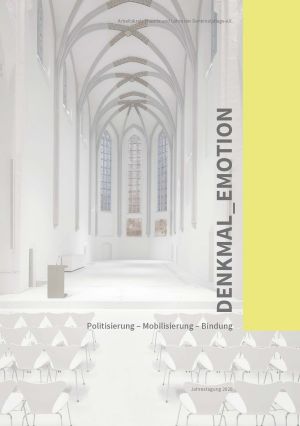How to Cite
Published
Alois Riegls Denkmalwerte
Universales Menschheitsgefühl und „Virtual Reality“ bei umstrittenem und schwierigem materiellen Erbe des 20. Jahrhunderts
The essay relates selected aspects of Alois Riegl’s theory of heritage conservation, specifically the universal sense of common humanity and the variability of perceptions of heritage according to the individual observer and the degree of age value, to the handling of difficult 20th-century heritage, and thereby attempts to illuminate some contemporary phenomena. Already shortly after Riegl’s death, it became apparent that age value could also serve to perpetuate negative memories of the past, as was the case for the Austrian-born American art historian Hans Tietze. His colleague and countryman Fortunat von Schubert-Soldern wrote of a personification or anthropomorphization of historic monuments. How is this reflected at sites of memory associated with victimization during the Second World War, and with their auratization in the sense described by Walter Benjamin? Can age value be adduced as a narrative for traumatic experiences? More intensive engagement with the built remains of sites of wartime victimization are indeed beginning to lead to more investigations of building history and material appraisals that result in restorations in keeping with age value. But what to do when hardly any traces remain, as in the case of the former frontline fortifications created in the high mountains during the First World War? Can virtual reality contribute to preserving such minimal traces in their material substance and making them readable – for example by overlaying them with historical photographs? Can it help to keep them productive and remove the need to reconstruct or even replace their substance with copies? Can a turn to thinking in different virtual layers itself lead to a deeper understanding of the essence of the historic monument as such, and can digitalization be seen as a possibility for preserving the substance of monuments, for example by encouraging visits to the analog sites?








